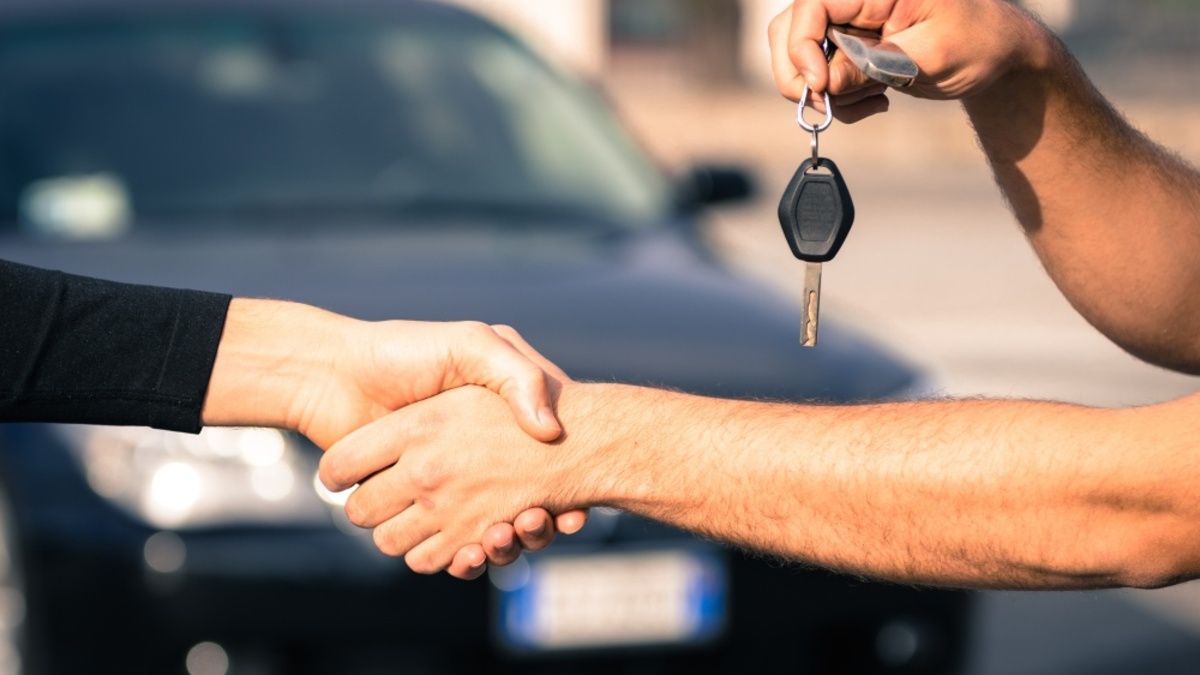
Owning a vehicle is an exciting milestone, but it also comes with responsibilities—understanding and adhering to local regulations being one of the most important. From registering your car to ensuring adequate insurance coverage, managing legalities can seem intimidating, especially for new drivers or first-time car owners. This guide simplifies the process and provides essential tips to help you confidently tackle local vehicle ownership regulations.
What Are Local Regulations for Vehicle Ownership?
Local regulations are rules and laws set by your city, state, or municipality to ensure the safe and legal ownership and operation of vehicles. These might include requirements for registration, titling, insurance coverage, inspections, and road safety compliance.
Adhering to these rules isn’t just about avoiding penalties; it’s essential for protecting yourself, other drivers, and the community. Understanding these laws and staying compliant will save you time, money, and unnecessary legal trouble down the road.
Step 1: Registering Your Vehicle
Why Registration is Crucial
Vehicle registration is mandatory in most places. It provides official documentation that connects your car to you as its owner. Failing to register your vehicle or renew it on time can lead to hefty fines or even impounding of your car.
How to Register Your Vehicle
The process varies by location, but it generally involves:
- Submitting a completed registration form.
- Providing proof of ownership (such as the car title).
- Showing proof of car insurance.
- Paying a registration fee.
Make sure to check your local DMV (Department of Motor Vehicles) website for specifics tailored to your city or state.
Tips for Staying Updated
Registration needs to be renewed annually or biannually in most regions. Mark your calendar, and consider setting reminders a month in advance to handle paperwork before deadlines approach.
Step 2: Understanding Insurance Requirements
Maintaining the right insurance is not only legally required but also crucial for your financial protection. Some states mandate minimum liability coverage, while others require more comprehensive policies.
Choosing the Right Policy
When deciding on insurance coverage, consider factors like your driving habits, the value of your vehicle, and local requirements. For instance, if you’ve recently moved to Utah, it’s worth checking what home insurance in West Jordan covers, as some local providers bundle auto with home insurance to save on costs.
Proof of Insurance
Most states require you to carry proof of insurance in your vehicle at all times. Digital versions on your smartphone are accepted in many places, but verifying this is key before leaving home.
Step 3: Title Transfer and Ownership
A car title is what proves legal ownership of your vehicle. Whether you’re buying a car from a dealership or a private seller, transferring the title in your name is a necessary step.
Private Sales vs. Dealership Sales
- Private Sales: You’ll usually need to visit the DMV with the seller to complete the transfer.
- Dealership Sales: Most dealerships handle this process for you, though you may still be responsible for certain fees or steps.
Always ensure the title transfer is completed promptly to avoid complications regarding ownership disputes or penalties.
Step 4: Vehicle Inspections and Emissions Testing
Many states and municipalities require periodic safety and emissions testing to ensure vehicles on the road meet regulatory standards.
What’s Checked in Inspections?
Safety inspections typically assess:
- Brake functionality
- Tire conditions
- Lights and indicators
- General mechanical condition
For emissions testing, the focus will be on limiting pollutants released by your vehicle.
Staying Compliant
Check your state’s DMV website for approved testing facilities and timelines. Keep copies of your inspection results handy in case you need to present them for registration or roadside checks.
Step 5: Local Driving Rules and Regulations
Every location has its own unique driving regulations. For example, certain areas may enforce stricter speeding laws, towing restrictions, or even noise constraints for modified vehicles.
Researching Local Laws
If you’re moving to a new area or are a new driver, take the time to familiarize yourself with specific local rules:
- Look up online resources or guides provided by local government websites.
- Attend online driver safety courses often offered by DMV-approved organizations.
Stay Updated
Laws are subject to change! Subscribing to local government newsletters or news sources can help you stay informed about updates that may affect you.
Step 6: Community Awareness and Responsibilities
Being a responsible vehicle owner goes beyond paperwork and legal compliance. It means contributing to the safety and well-being of fellow drivers and your community.
Parking Etiquette
Be mindful of parking zones and restrictions. Parking in prohibited areas can lead to tickets or towing.
Be an Advocate
Join local efforts for safer roads, whether that means participating in community events or advocating for improved road systems. Responsibility as a vehicle owner extends to supporting initiatives that keep everyone safe.
Why Staying Compliant Matters
Navigating local regulations might seem tedious at first, but it’s worth the effort. Compliance not only protects you legally but builds peace of mind knowing you’ve taken proactive steps to own and operate your vehicle responsibly.
By focusing on registration, insurance, inspections, and understanding the rules of the road, you’re set to enjoy the freedom of vehicle ownership without unnecessary headaches.
Take the Next Step
Ensuring you meet all local vehicle regulations starts with understanding the basics—and now you’ve got them covered. For more tips and updates on everything from car care to road safety, subscribe to our newsletter today!






